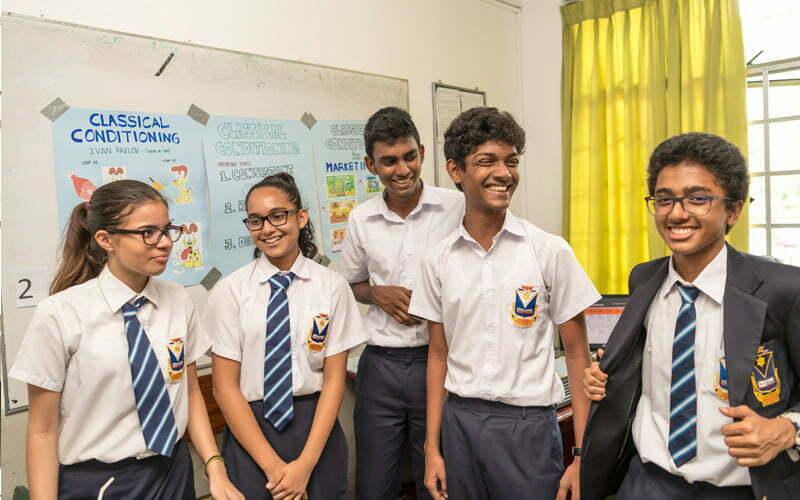A quick glance at the secondary education system in Sri Lanka

Schooling in Sri Lanka is compulsory for children from 5 + to 13 years of age. Education is state funded and offered free of charge at all levels, including the university level. This was due to the free education franchise commenced by the late C W W Kannangara in 1938.
This free education franchise has resulted in a high youth literacy rate standing at 97%. The medium of language could be Sinhala, Tamil or English. However, English medium schools are very few in Sri Lanka due to limited resources. In comparison to the region, Sri Lanka’s educational system seems indeed quite impressive. However, when you look a little closer, significant cracks are exposed.
Secondary education system in Sri Lanka is quite often referred as middle school in Sri Lanka. This phase lasts for four years. This culminates in the General Certificate of Education (GCE) Ordinary Level (O-Level) exam. Good performance at Sri Lanka’s General Certificate of Education (GCE) Ordinary Level (O-Level) exam is a prerequisite for most further education courses, including the GCE Advanced Level (A-Level) exam and many vocational training programs.
According to the statistics released by the Ministry of Education (MOE), in 2015, 45% of students either failed or only conditionally passed their O-Levels due to failing mathematics. However, significant progress seems to have been made by 2018. If you consider the percentage of students that has qualified to study for the Advanced Level Examination since 2010 there is a growth from 60% to 73% in 2017. Although progress has been made with regard to passing examinations, the secondary education system leaves many students unprepared for the job market.
The short comings of the secondary education system has made many parents opt for the booming international schools that follow the time tested British Curriculum. Being a former British colony, many affluent locals tend to send their children to international schools. However, this thriving industry has been left unregulated by the government, thus the quality of many schools is questionable.
In comparison to the local education system, the international school secondary education in Sri Lanka is generally quite impressive. The good schools give parents excellent value for money and the schools are quite often equipped with state of the art facilities and more important with high quality teachers. The quality of teaching tends to be of a very high standard as higher salaries attract the best teachers in the country.
The top international schools also tend to be less exam oriented, and focus more on creativity and making children think out of the box and focus heavily on extracurricular activities to form a well rounded student. As mentioned before, due to the unregulated nature of the international school arena, many poor quality international schools have mushroomed to fill in the gap caused by the failing free education system in Sri Lanka. However, with government spending on education on the decline in contrast to the rest of the world, international schools seem to be here to stay. This gap has also allowed the top international schools in the country to thrive.

